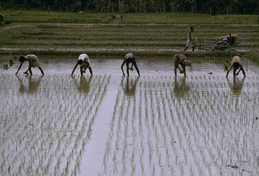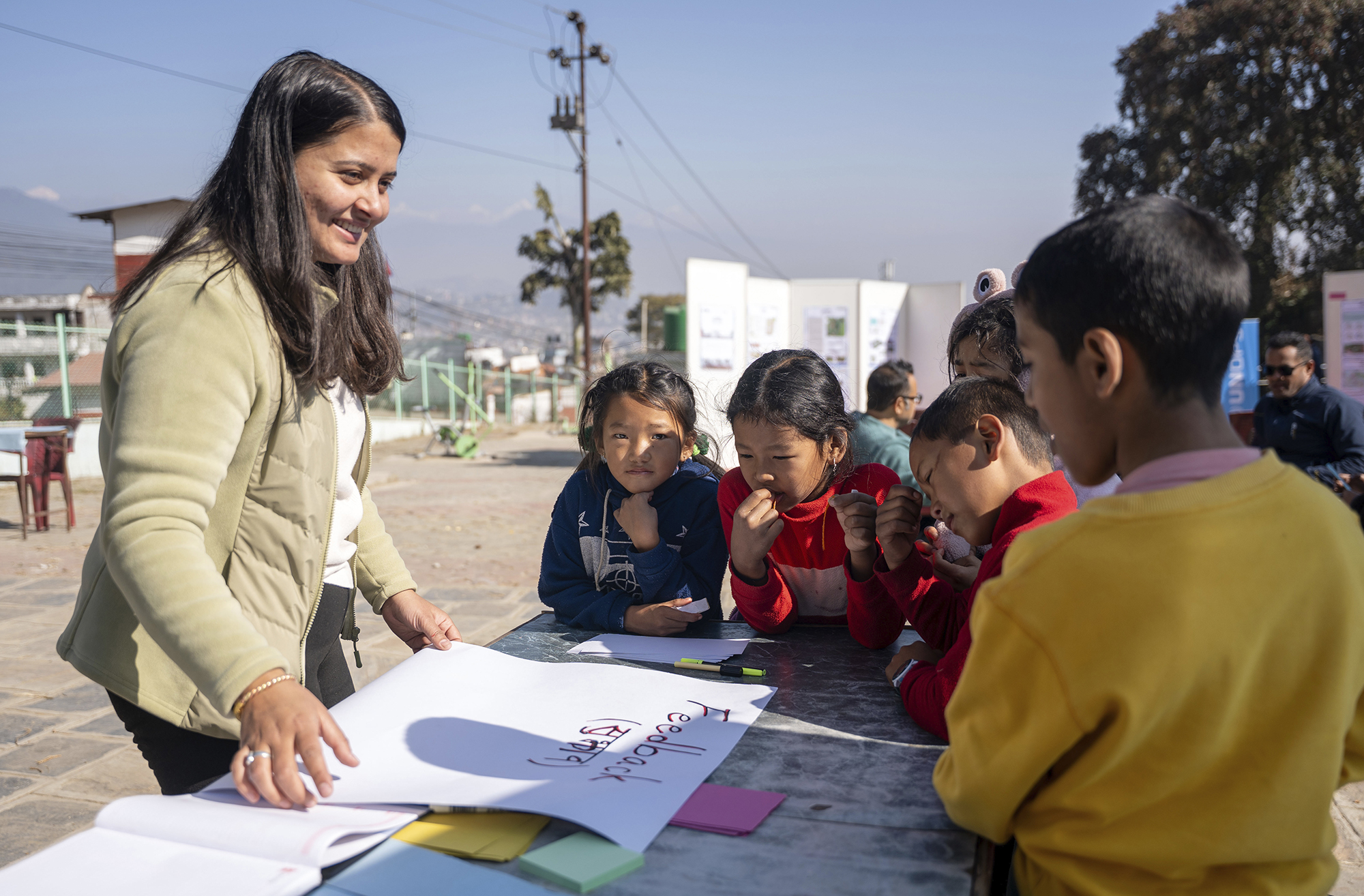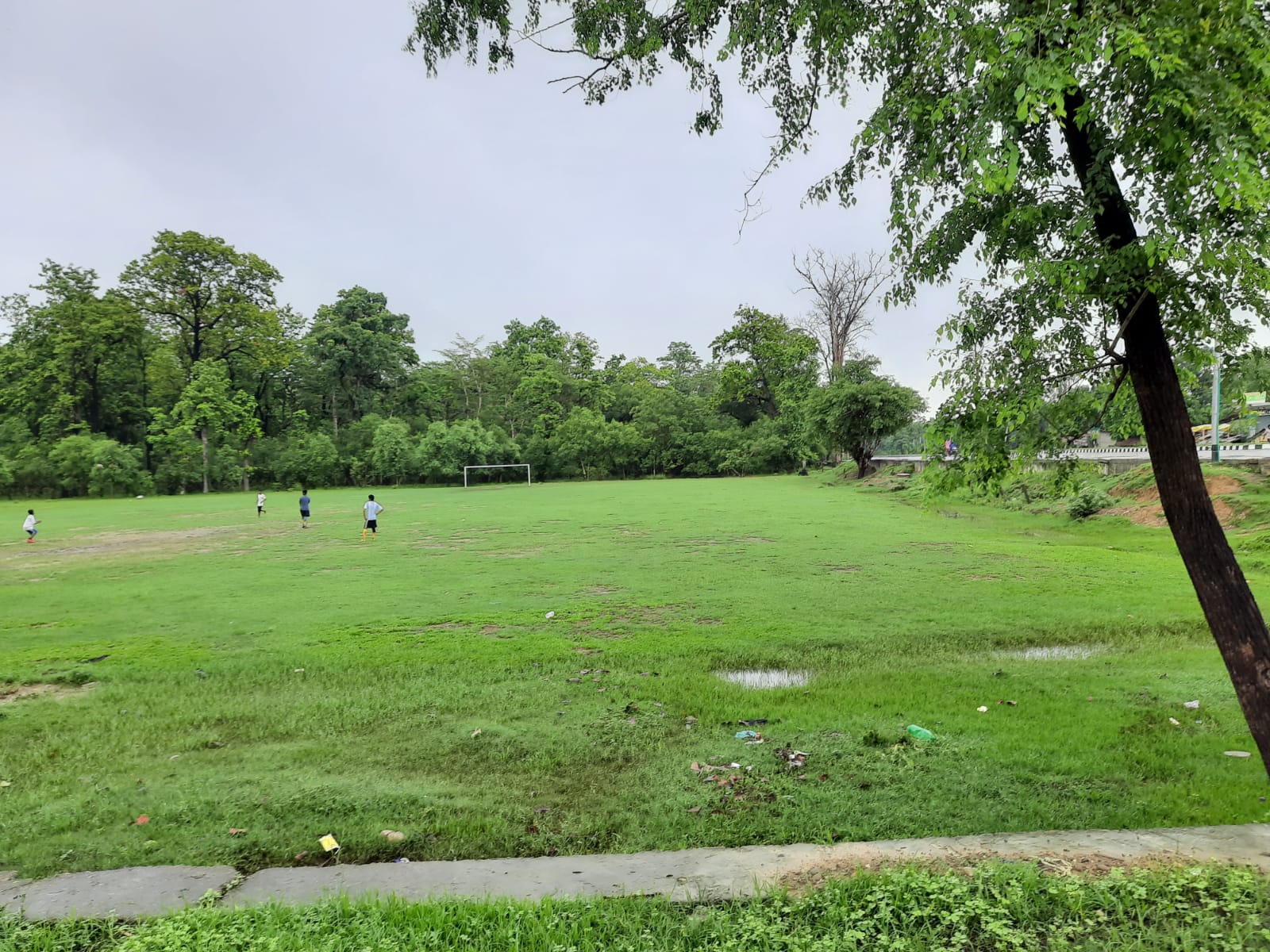
Climate change is driving an increasing number of Bangladeshis to migrate from rural areas to the cities, E&E reporter Lisa Friedman writes in “A City Exploding with Climate Migrants.”
The article is part three of a special ClimateWire report on Bangladesh and climate migration.
Friedman notes that some 500,000 people move to the capital, Dhaka, from coastal and rural areas each year – roughly the equivalent of the entire population of Washington, DC.
Many of these people leave their homes because environmental factors have changed and they can no longer earn a living. Coastal flooding is occurring more frequently, destroying crops and rice fields that sustain villagers as saline water pushes further inland. Ferocious storms demolish homes and, in some cases, entire towns.
Most of the migrants who come to Dhaka end up in the slums, home to an estimated 3.5 million people – 40 percent of the city’s population. According to the International Organization for Migration, some 70 percent of slum dwellers in Dhaka moved there after experiencing some kind of environmental hardship.
In the past, people would come to the slums, earn some money, and return home to their villages, the article notes. But as the effects of climate change increase, more people are staying in Dhaka’s slums permanently.
This influx to the cities is expected to continue. Most of Bangladesh sits less than 20 feet above sea level. By the end of the century, more than a quarter of the country will be inundated and 15 million displaced – the equivalent of every person in New York, Los Angeles and Chicago.
To make matters worse, many experts fear that urban areas in coastal zones, like Dhaka, will bear the brunt of climate-change related disasters including floods, storms and cyclones. Planned governance is needed in order to address the situation, the experts say.
In addition, Dhaka is struggling with acute infrastructure shortages in many areas. For example, there is no mass transit system or pedestrian sidewalks, and the country’s power generating capacity struggles to cover just 35 percent of the population. These shortages provide an opportunity for clean energy projects, but there is resistance to the idea in Bangladesh, where the focus remains on economic growth and fighting poverty.




